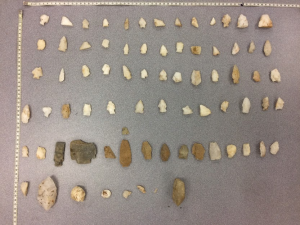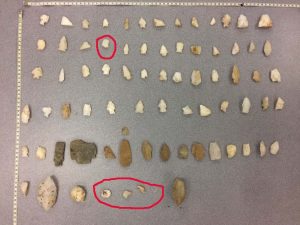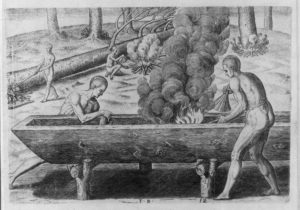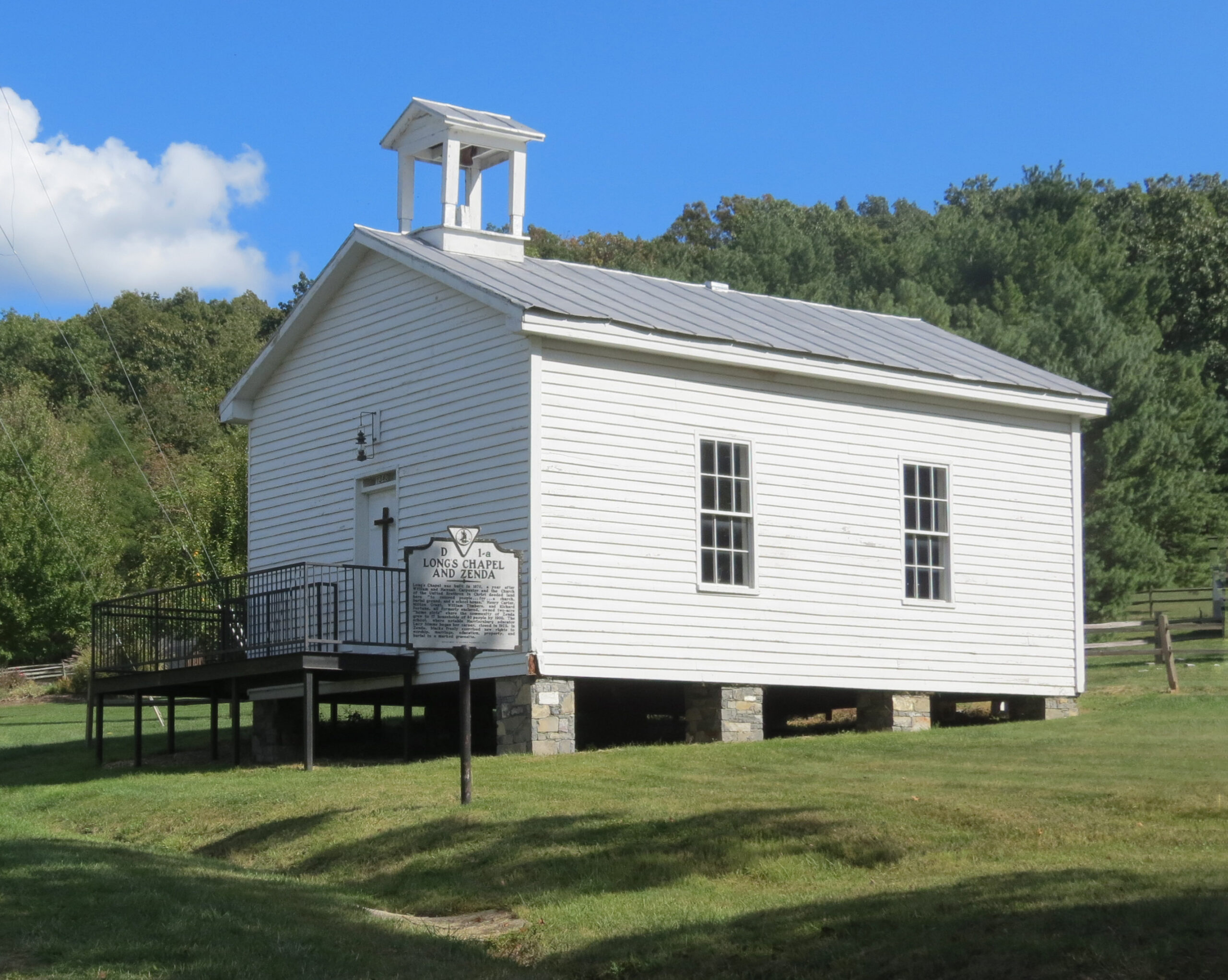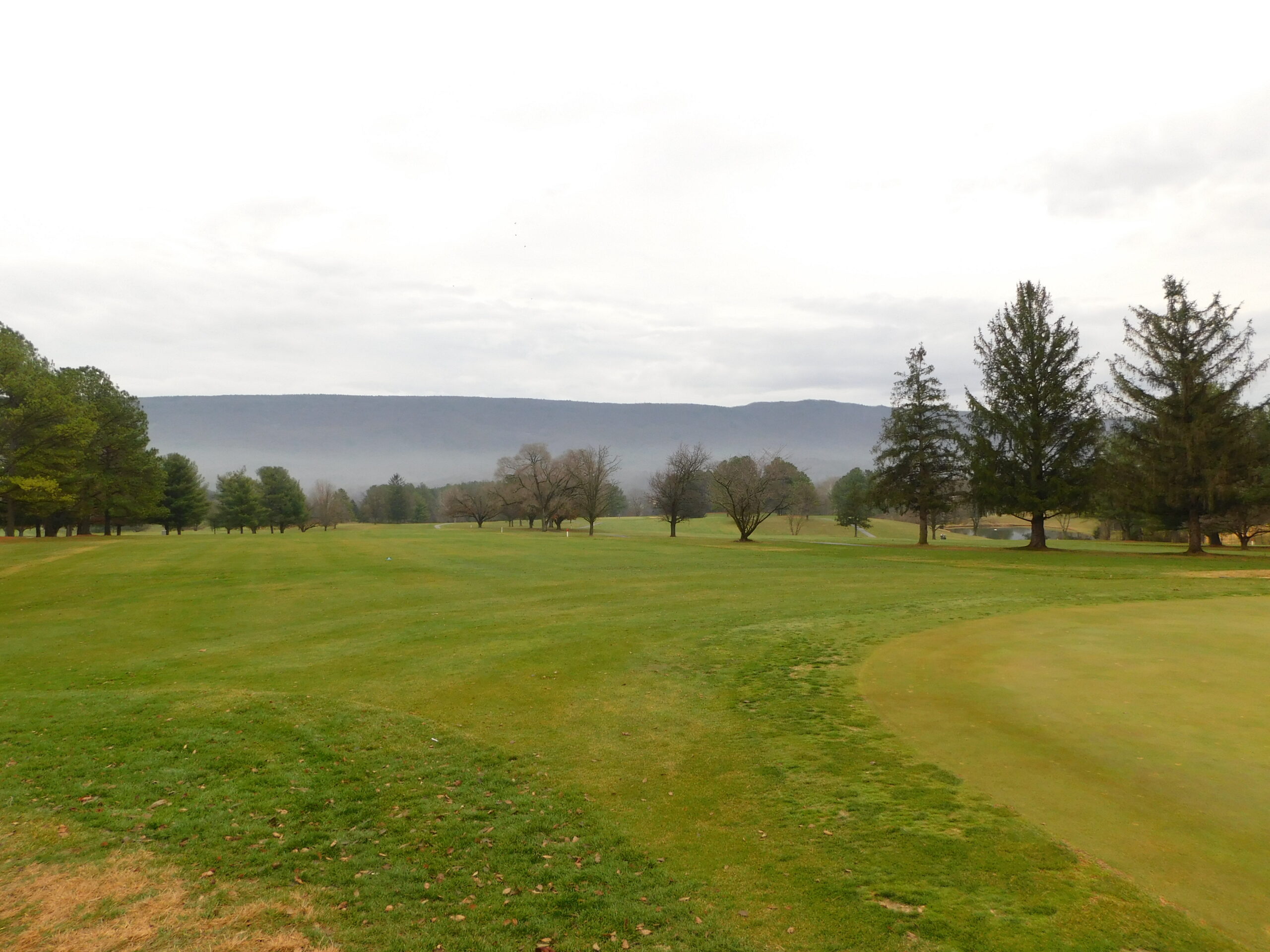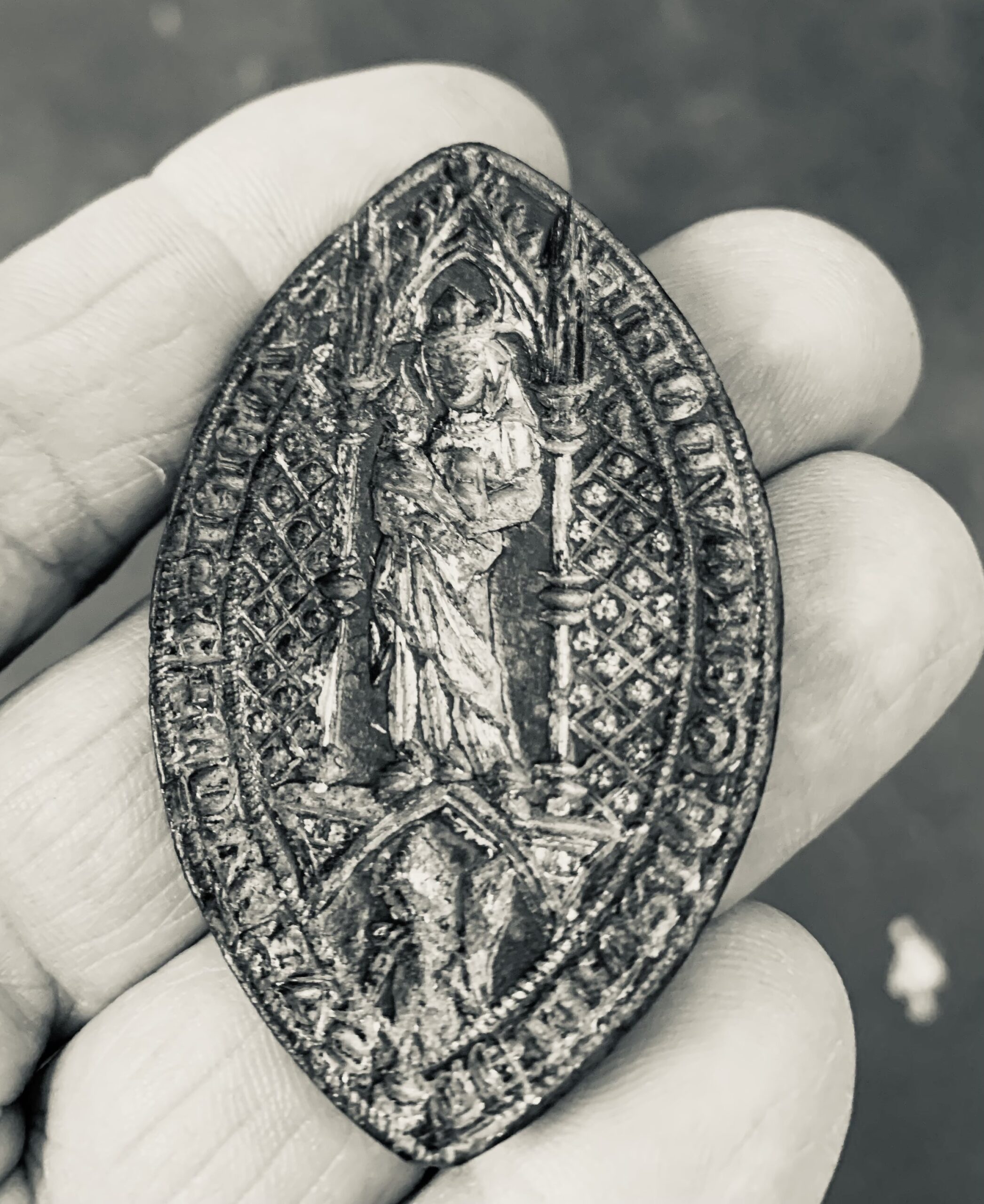Blades and Points in NOVA
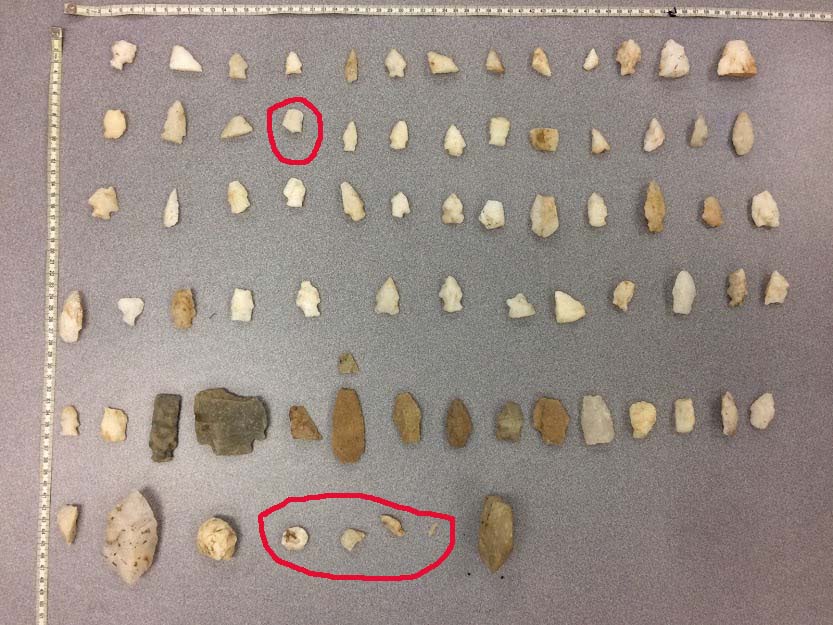
Ask an Archaeologist. . .
A now-deceased neighbor, an early resident of Reston, VA, moved here in 1971 and over the years found these points (photo), which his son shared with us. The son presumes his father found almost all of the items in Reston. My husband, a Fairfax County Public Schools teacher, and I have been trying to learn more about the collection. We also wonder if it should be donated to a museum or some sort of archived collection.
–Marjorie Copson,
Reston, Fairfax Co.
Thanks Marjorie for the email and photos. It is a good collection and typical of the upland (away from the Potomac floodplain) for the area of Fairfax and Loudoun counties. Initially the thing that strikes me is that the dominant material is white quartz, a common mineral found in every farm field in the area. Quartz was easily accessible in the pre-colonial times, found in outcrops throughout the Piedmont of northern Virginia.
The second thing that strikes me about the collection is that there are no “triangles.” By the Middle Woodland Period (500 BC – 900 AD) people began using bows and arrows to replace the spear as their primary hunting tool. The points used on arrows are small triangles as opposed to the larger spear points used in the past.
What dominates in the collection you have is mostly smaller Middle Archaic (6,000 – 2,500 BC) to Late Archaic (2,500 – 1,200 BC) blades and points. People used these on spears or atlatl darts (see link below). What I also do not see are the blade or point types typical of the transition from the Archaic into the Woodland periods. In the Potomac region, such types are the Susquehanna and Savanah River broadspears. These coincide with the gradual shift from people making steatite (soapstone) bowls toward people making actual clay pottery—the beginning of what we call the Woodland Period. By the way, a very good example of the earliest pottery in the region is called Selden Island, which has bits of steatite imbedded in it as a temper. Archaeologists named it for an island in the Potomac not far from Reston.
Your photo primarily shows a collection of quartz spear points and blades (ones that people may have hafted as knives or other tools) from the Middle and Late Archaic. There appear to be a few types we call Halifax, Slade, maybe a Poplar Island or two, and some Lamoka.
Many of these blades and points appear to have been used and then later re-sharpened, as they are small and kind of lopsided looking, as if one side had to be reworked. The collection also contains a lot of debitage, meaning the leftovers from tool production. The debitage would coincide with the activities such as tool making and repair that would have happened in the area. It makes sense people would reuse and repair a tool until it could be honed no more.
The points in the photo do not seem to extend into the Woodland Period, when people began to focus activities on gathering, planting and enhancing local resources on the floodplains. These emerging activities mark the beginning of the later sedentary stages of the Native people’s cultural evolution, as they transitioned away from hunting, collecting and roaming across the broader landscape, and started concentrating on rivers and eventually agriculture on rich floodplain soils. They still made forays out into the countryside but they focused more of their energy toward the floodplain. So, I think what your neighbor found were points typical of the area where Reston was built.
Here’s a link to a good online source for point types. And a link on atlatls.
Scraper
Now, the other item you have is very interesting and unique. It is made of stone, as you confirmed, and not bone or antler. I can see why you considered that it possibly was used to scrape hides. People may have used it on hides but I suspect it had other functions as well. Colleagues I checked with concur that people may have used it more for grubbing or digging. This may be true for other artifacts such as axes. Digging without a shovel is a difficult thing. This item has a nice wide blade and a handle of sorts and perhaps it was hafted (a handle added), but not necessarily. It would have made a nice hoe-like tool. Also in the one photo of the “blade” portion (second below), it looks burned. People could also have employed it in hollowing out trees in the canoe making process.
Log canoes existed in the area and their manufacturing process involved a controlled, smoldering fire to burn out the center of the log. People then used a tool to scrape out the softened burned area. A tool like the one in the photo would have been perfect for that process, and I wonder if the burning on the blade resulted from such activity.
I can’t say anything about the time period for a tool such as this. We know about the timeframe for the points because many have been found in sites where charcoal was available for C14 (carbon) dating. Once you find enough points in association with similar radiocarbon dates, you can begin to say that this particular type likely dates to this specific period. Since we do not have any idea where this artifact is from, we cannot really say. It seems likely that if your neighbor only collected in the neighborhood and that the points are pointing us to the Middle and Late Archaic, then we can guess that this, too, dates to that very broad timeframe. But it’s just a guess.
As to the question about what to do with the collection, it may be of interest to a local museum or maybe to Fairfax County’s archaeological staff. Typically, the DHR does not accept collections without good solid provenance. We really need to know the sites from which our artifacts are collected, and we save our limited collections’ space for well provenienced artifacts. That’s not to say the collection your neighbor gathered does not have value; I suspect one of the local museums may be interested. It is good that the artifacts have stayed together and represent that area so nicely.
Thanks so much for the questions.
–Mike Clem
DHR, Eastern Region Archaeologist
